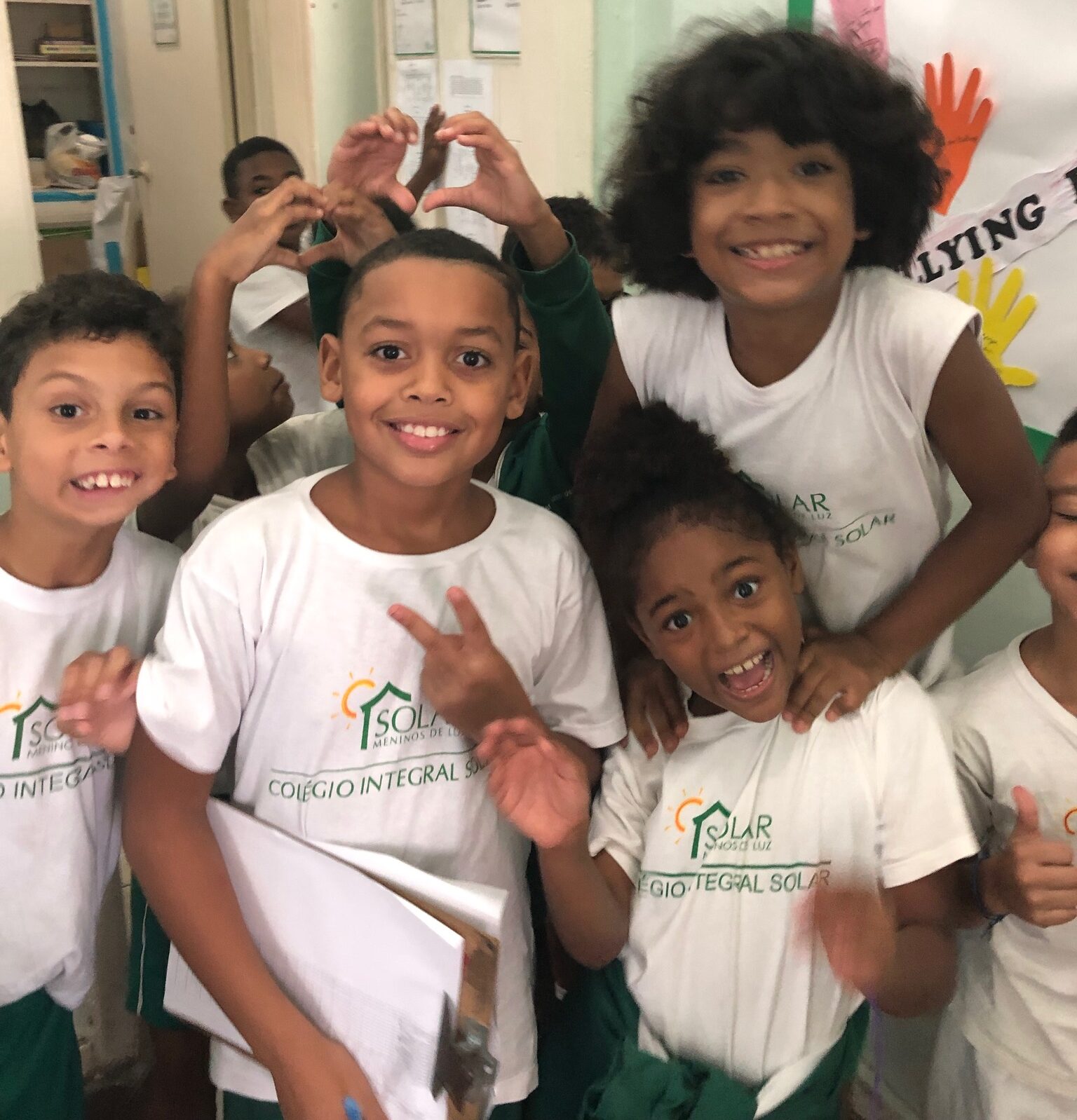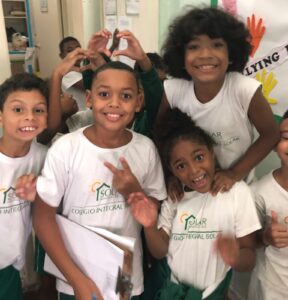Login
Signup
Kinesthetic Learning
Back to Basics – Not Just Our Brain Learns. Our Body Learns As Well.

by Jessica, with the help of Natalia
Back to Our Roots
Kinesthesia – defined by Oxford Dictionary as the “knowledge of the position and movement of parts of your body, which comes from sense organs in the muscles and joints”. Its origins lie in the late 19th century and the word comes from the Green kinein “to move” + aisthēsis “sensation”.
How we learn as kids
As kids we start to associate words and sounds to movements and senses. How does a child know what the word pain means? Because the child senses it when it falls the first time it tries to walk alone. How does a child know what running means? Because of the countless times its parents have repeated the word, while running and making the child run as well. How do we teach children animal names? We imitate their sound while mimicking the loud lion’s roar with our facial expressions.
A child learns with associations of movement, sound and senses. The memory is much more vivid if there is a movement or a feeling connected to the word that is being taught, because our own body is 100% connected to our brain.
The challenge of the 3rd graders
In 2019, the 3rd graders were being a real challenge to the EduMais volunteers. Their attention span is very short and their classroom experience still lacking. Whenever in 4th and 5th grade we would loose the kids’ attention, we started to clap the “We Will Rock You” Rhythm on our laps. We would then add a melody on top with the vocabulary being taught in class. We noticed that this was working seamlessly as a pattern interrupt. A pattern interrupt breaks a habit or a state, so much that it becomes a new pattern itself. So by interrupting a less powerful energy in the classroom and bringing in a new one, it was easier for the students to re-focus on class.
This was the basis for Diana, the founder of EduMais, to try and bring kinesthetic learning into the classroom – learning with our bodies.
Natalia
I talked to Natalia, a dear Colombian friend of mine who volunteered with me at EduMais during Winter 2019. When my time at EduMais came to an end, Natalia stayed a while longer to support the kids. At this point, let me shortly brag about my friend here, who supported herself in Rio working part-time at hostels to be able to afford a place to stay. All her hard work and persistence came from her heart and dedication to EduMais, the volunteers and the children at Solar Meninos de Luz.
While catching up with her on the latest news of both our lives, she shared with me how, after I left, the volunteers used kinesthetic learning during English classes.
Kinesthestic Learning at EduMais
Due to the short attention span of the 3rd graders, the team saw the need to teach differently than the conventional learning approaches. So, during class preparation, the volunteers would associate a movement to the new vocabulary. Then, they would gather the students in a circle and teach the movement together with the word. For instance, the movement for teacher was to point at oneself, while the movement for chef was stirring a soup.
Natalia was able to observe two main outcomes of kinesthetic learning. The first one around the long-term memory that was triggered with the body & sound association. The kids came to class the week after and were able to remember every single word learned, while imitating the movement. Secondly, the volunteers noticed a change in the learning behavior of the children who usually disrupted class the most. Their natural leadership tendency made them want to be the first ones to remember what they had learned in class, because then the rest of the kids would follow. So the attitude towards learning changed, because all students found their own role in the active circle the volunteers created. Even more timid students were spurred with the activity, because they would feel involved in group activity, without being exposed individually in front of the whole class.
Back to Basics
“We were very proud of the kids, they were brilliant”, said Natalia. Sometimes, we just have to go back to our roots. All the digital innovation, the colorful and fast-paced world around us can make us forget that the way we learned to speak as babies, our motivation to start walking comes from our from bodies and the people around us. Back to basics, back to our nature and our connection with our bodies, kinesthetic learning, is always a good way to learn! And the best of all is that even the pandemic cannot hold us back, because movement exists individually, as well as in a group.
We, at EduMais, just never stop to think of how to make classes most interesting and valuable for EduMais students. Do you want to help her think of new ways to support the kids? Join our team in Rio de Janeiro and help make our kids’ dreams come true!! Contact us with your questions at info@edumais.twerkt.nu.
